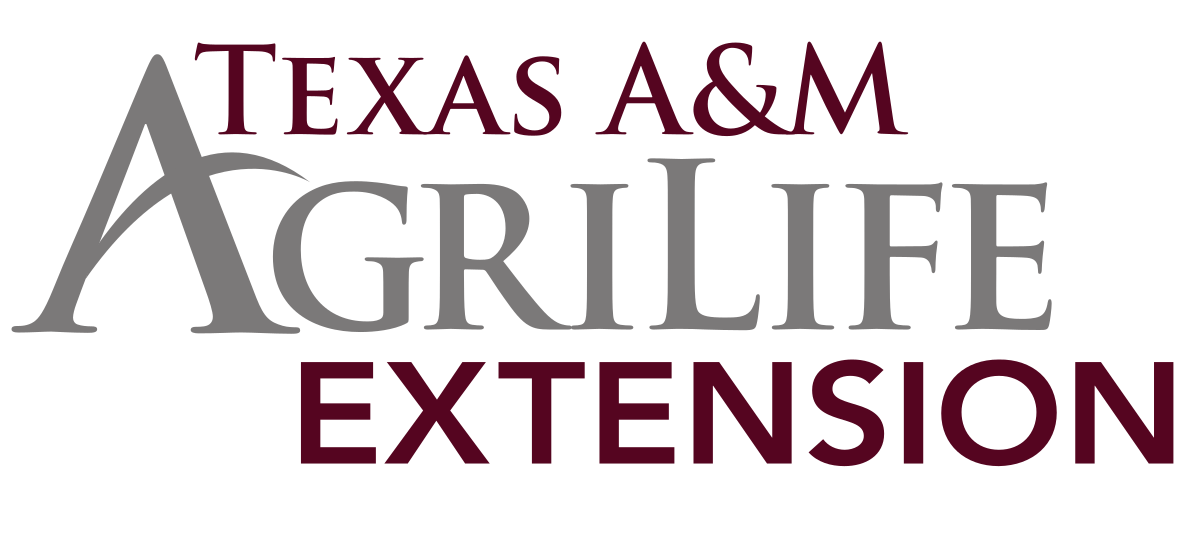Anger, fear, grief, and other big emotions are all a part of the universal human experience. It’s hard enough for adults to handle these feelings and to talk about how they’re feeling. It’s even harder for kids, where emotional regulation can get a little more out of control.
How can parents and kids come together in ways to share how they’re feeling and build connections with one another?
Emotional Intelligence
One way to understand ways to build connections is through the concept of emotional intelligence. What is emotional intelligence exactly? According to this article from Psychology Today, “Emotional intelligence refers to the ability to identify and manage one’s own emotions, as well as the emotions of others.” One of the main components of emotional intelligence is to be able to harness your emotions and apply them through critical thinking and problem-solving. There are many resources available covering talking about this concept and how to utilize these skills in our everyday lives. One such resource for kids and parents that showcases the highs, lows, and in-between of big emotions is the Committee for Children’s “The Imagine Neighborhood” Podcast Series.
The Imagine Neighborhood
The Imagine Neighborhood teaches lessons to children based on social-emotional learning, which is akin to emotional intelligence but has a much broader scope. SEL is typically applied within a classroom or other educational setting to help improve academic performance and to build mutual respect among kids and their classmates. SEL has been shown to curtail bullying behaviors and to build empathy within social settings.
The Imagine Neighborhood features a cast of characters that use stories, activities, and music to talk about big feelings and to come up with ways to solve problems together. Each episode highlights scenarios in which a character is dealing with big emotions and gets help from their friends to overcome them.
Parents and kids can listen to these episodes together and they can be a great way to start conversations on understanding and defining the big emotions we all have. Here is the link to one of their most recent episodes, “Imagine Neighborhood: Assemble!” that focuses on feeling sad. The overall message in this episode from the neighborhood is that we can have each other’s backs and support each other when going through trying times.
Tough emotions don’t have to be obstacles that stop us in our tracks. They can be harnessed to build connections, bring us together, and show us what we have in common.
References
Psychology Today (2020). What is Emotional Intelligence? Retrieved from: https://www.psychologytoday.com/us/basics/emotional-intelligence
Committee for Children (2020). What is Social-Emotional Learning? Retrieved from: https://www.cfchildren.org/what-is-social-emotional-learning/
Blog Post Image:Pexels [Photo of Girl Listening to Music by Andrea Piacquadio, February 17, 2020, CC0]















